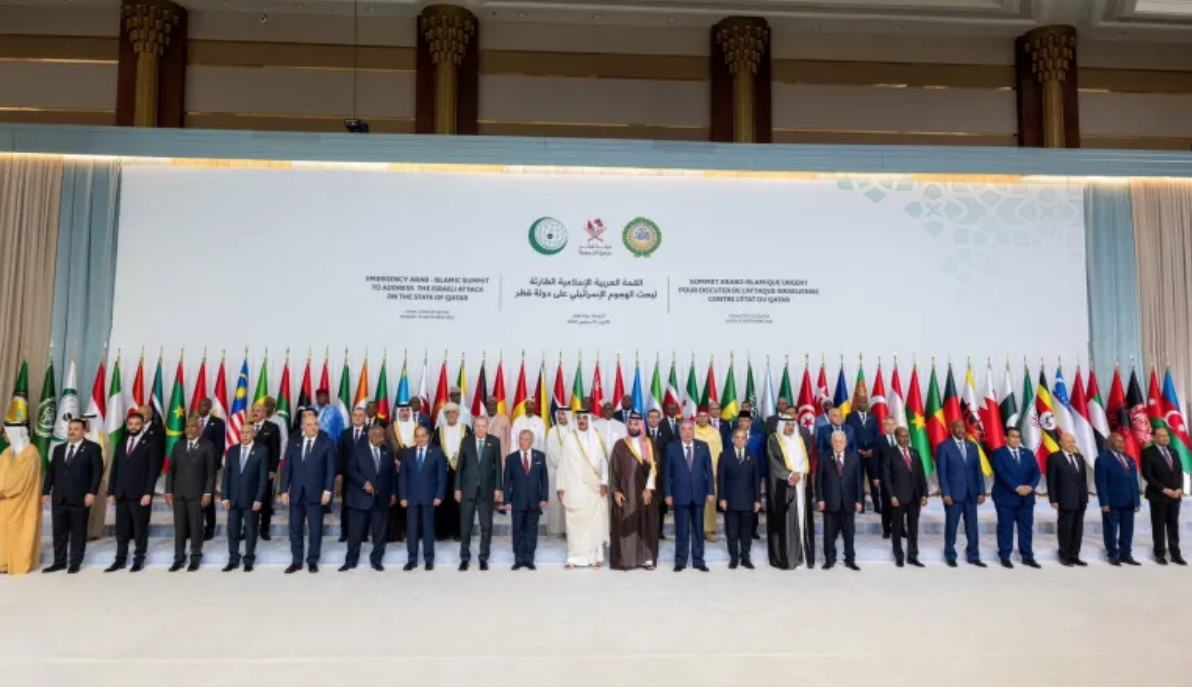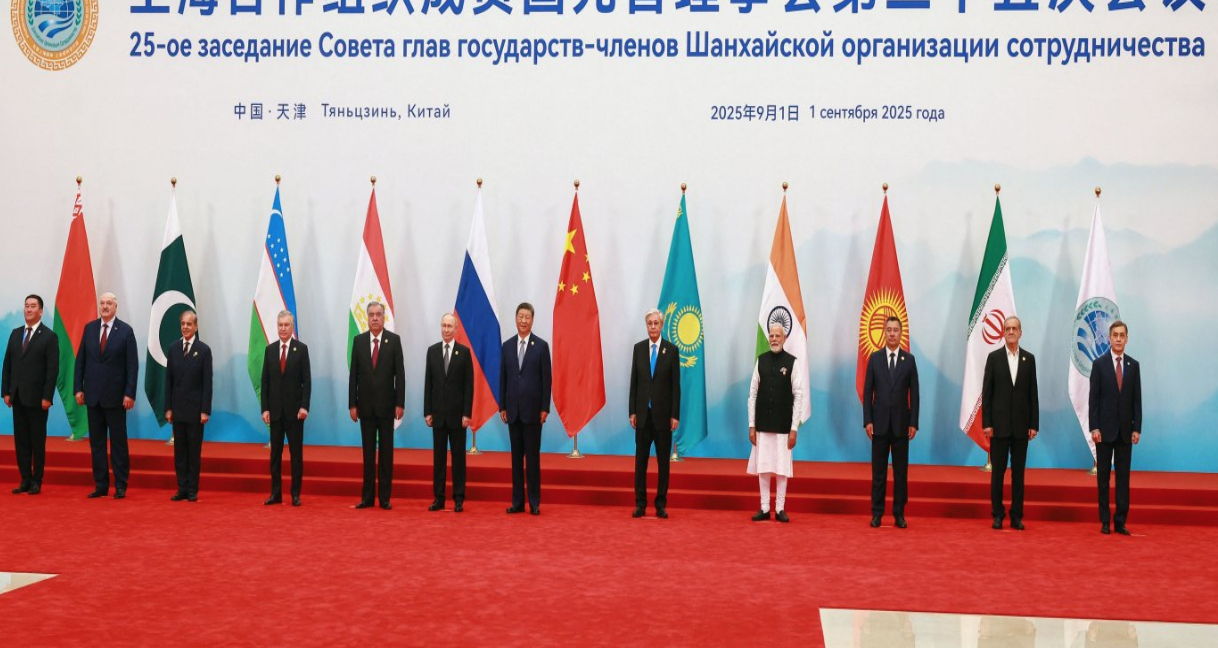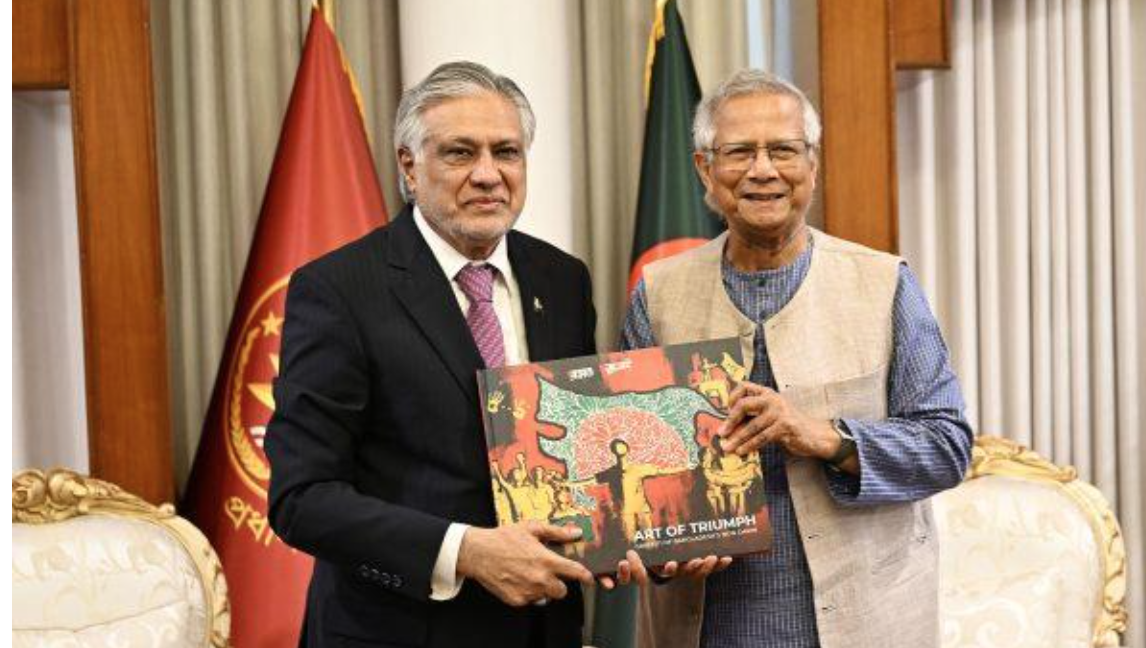The Monthly Researcher’s Meet (MRM) held at the BIISS Auditorium in September 2025 engaged in a timely and in-depth discussion on the “Russo-Ukrainian Ceasefire Talk.” The session analysed the renewed international attention to ceasefire negotiations between Russia and Ukraine, exploring the evolving dynamics of the conflict, diplomatic efforts toward de-escalation, and the broader implications for global peace and security. The discussion examined the complex balance between humanitarian imperatives and strategic considerations that continue to shape both parties’ willingness to pursue a meaningful cessation of hostilities.
Current Diplomatic Context
Participants began by assessing the current diplomatic landscape, noting that the year 2025 has seen renewed yet cautious dialogue between Moscow and Kyiv. Talks mediated in Istanbul in May led to a large-scale prisoner exchange but failed to produce a sustainable ceasefire. Russia expressed conditional interest in a temporary truce, reportedly a 30-day pause proposed by the United States, but attached stringent conditions restricting Ukraine’s capacity to remobilise during the lull. Ukraine, by contrast, maintained that any credible ceasefire must respect its sovereignty and territorial integrity, and rejected proposals that could legitimise territorial occupation.
The floor discussed how both sides appear locked in a strategic deadlock: Russia seeks to consolidate battlefield gains while avoiding international isolation, whereas Ukraine must balance the moral and humanitarian urgency of halting conflict with the risk of losing tactical ground. This equilibrium of attrition has made negotiations fragile and outcome-dependent on battlefield shifts or external diplomatic incentives.
Key Issues and Strategic Barriers
The discussion identified three structural impediments to a durable ceasefire. First, Russia’s internal resilience, strengthened by economic adaptation, mobilised industries, and shifting global alliances reduces the urgency for compromise. Second, Ukraine’s dependence on sustained Western support and its determination to reclaim occupied territories create little room for concessions. Third, the divergent interests of external stakeholders, including the United States, European Union, and regional actors, complicate any coherent mediation strategy. Participants also noted that without credible verification mechanisms, ceasefire violations would remain inevitable.
The floor debated whether existing institutions such as the UN or OSCE possess sufficient authority to enforce a ceasefire, or whether an alternative multilateral architecture, perhaps a coalition-based monitoring system should be designed for modern conflicts of this nature.
Analytical Perspectives and Discussion
A lively exchange followed on the political calculus of both sides. Some argued that Moscow’s recent flexibility signals tactical repositioning rather than genuine interest in peace, while others viewed it as a potential opening for incremental diplomacy. The conversation also drew attention to humanitarian concerns, emphasising that prolonged conflict has deepened civilian suffering and exacerbated global economic disruptions.
In this context, participants agreed that a ceasefire must not be used as a “reset mechanism” for either side to regroup militarily. Instead, it should serve as a foundation for phased demilitarisation, confidence-building measures, and gradual political settlement. The notion of a “localised ceasefire” in specific high-impact zones, under independent international monitoring, was seen as a pragmatic short-term objective.
Concluding Reflections
The session concluded with reflections on the global implications of the Russo-Ukrainian ceasefire discourse. Participants underscored that beyond its regional dimension, the conflict serves as a test case for the credibility of international mediation, enforcement of humanitarian norms, and the resilience of global diplomacy. The floor concurred that achieving a lasting ceasefire will depend on structural incentives, impartial verification, and sustained political will rather than symbolic declarations.
From Bangladesh’s analytical standpoint, participants noted that the evolving situation offers valuable lessons on conflict management, negotiation architecture, and the interplay between military realities and diplomatic timing. The MRM ended with the shared understanding that while peace remains distant, constructive diplomacy, anchored in accountability and international cooperation, is essential for transforming fragile talks into meaningful progress toward resolution.





